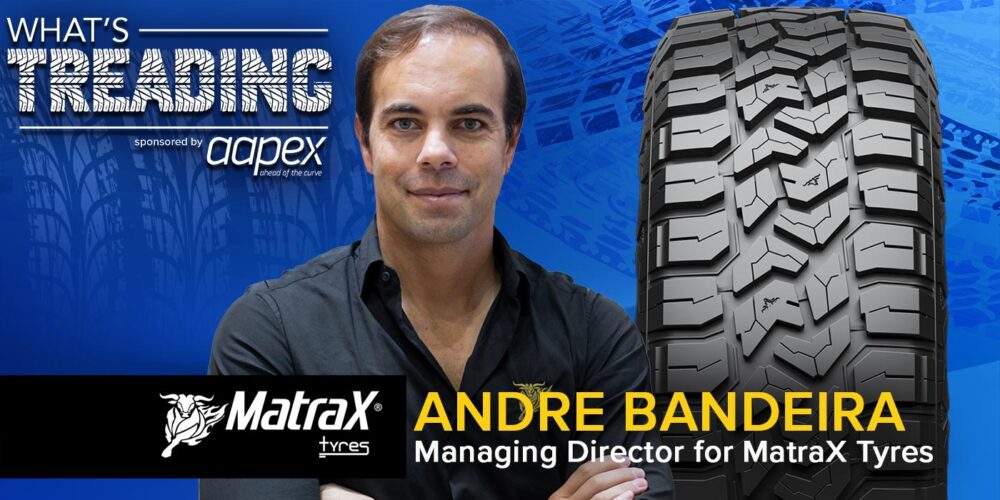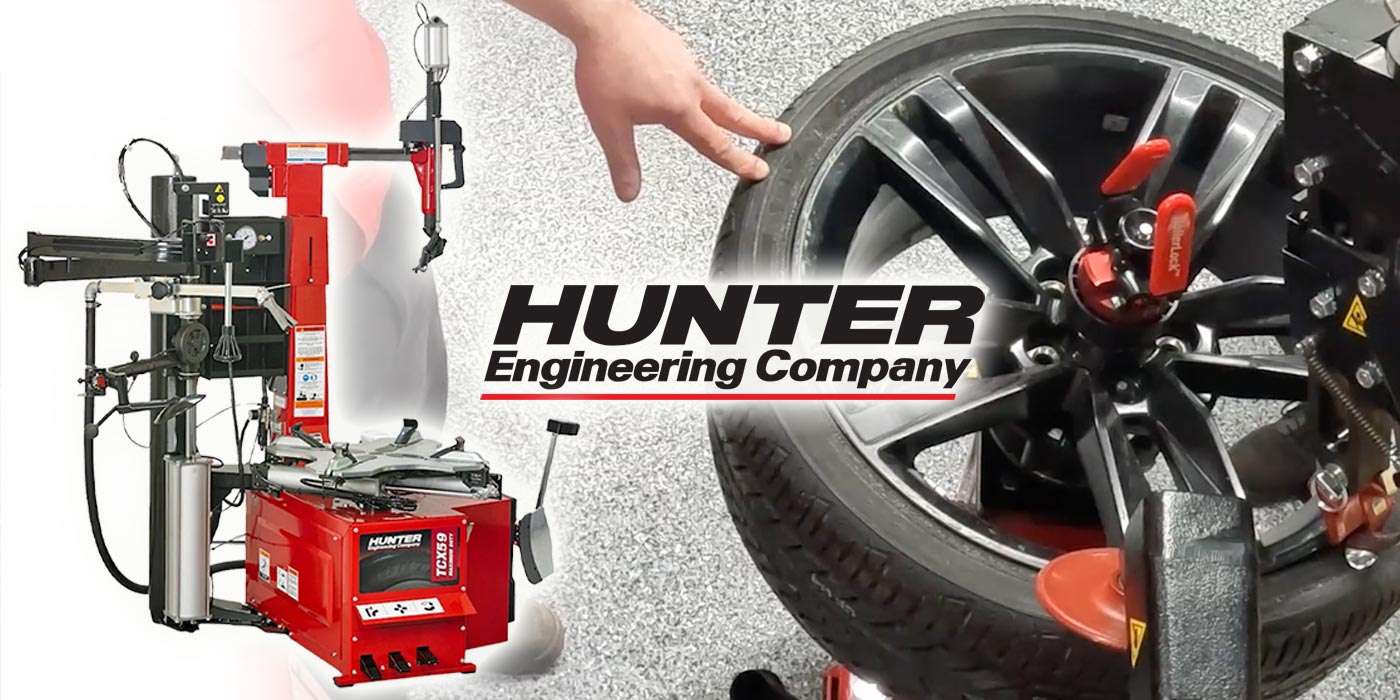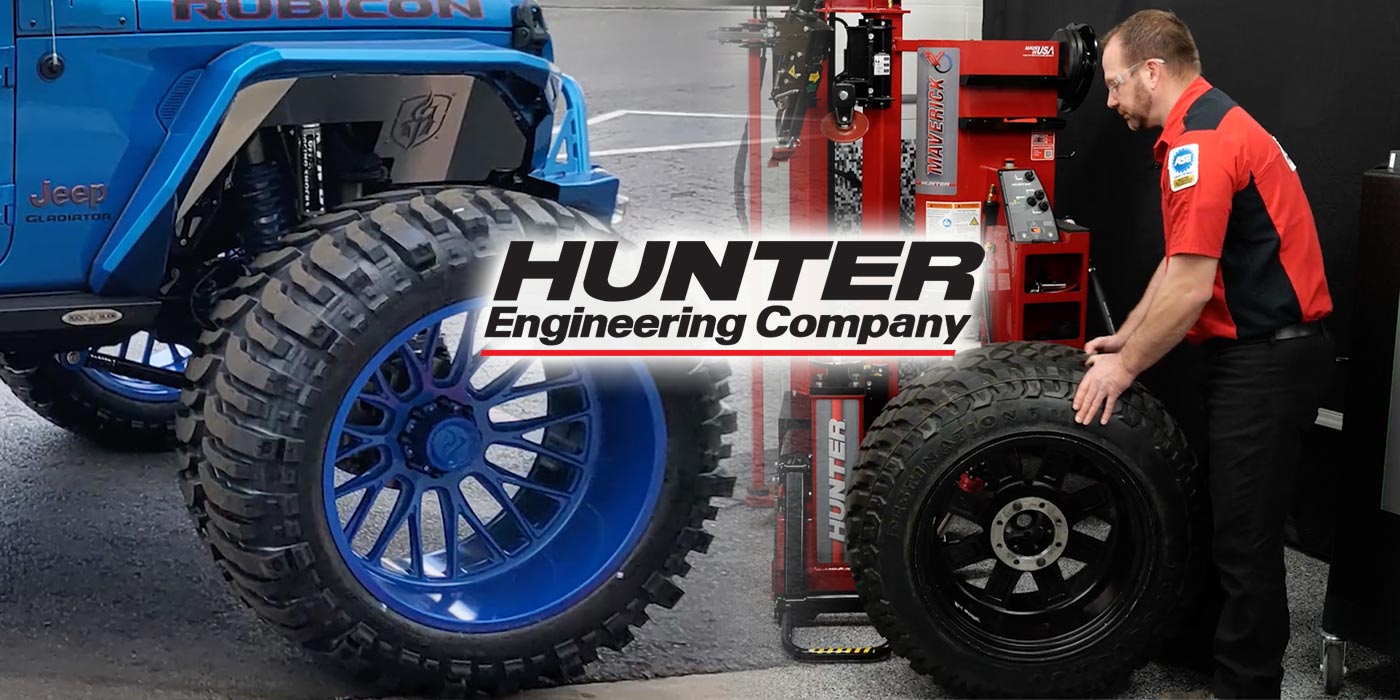Diagnosing the root cause of a brake pull takes patience and methodical troubleshooting. Let’s talk about why you shouldn’t take shortcuts or replace parts unnecessarily, and why you should follow a systematic process to uncover the true issue of your customer’s brake pull in this Tire Review Continental Tire Garage Studio video.
First, start with the basics before performing a test drive. Are the tires properly inflated and do the sizes match? Try swapping them side to side to check for a bad tire causing the pull. If it’s not coming from the tires, a pull when braking could come from the front or rear brakes, or even loose steering and suspension parts allowing the alignment to shift mid-stop.
While test driving, pay close attention to when that pull happens – if it gets worse as you brake harder, a stuck caliper piston may be the problem. After the drive, check the temperature of each wheel – a hot one points to a braking problem rather than a steering or suspension one. A non-contact infrared thermometer can be a big help here to scope out which wheels emit the most heat.
Don’t forget about collapsed brake hoses as well, they can mimic a stuck caliper or cause a temporary pull when fluid can’t flow freely to move the piston. Inspect those hoses carefully, since exterior damage doesn’t always tell the whole story. The hose may look okay on the outside, but a damaged inner liner will cause a restriction on the inside.
Once you’re back in the shop, check out any hot brake components first. But heads up – heat on one side could come from the opposite caliper not doing its job. For example, if the right front caliper is stuck and not applying, it will be cool while the left front caliper is hot.
When diagnosing a pull due to uneven hydraulic pressure, pressure gauges are your best friend for figuring out hydraulic issues by comparing brake line pressures precisely. Pressure gauges will read the brake lines and can be used to directly measure hydraulic pressure. To use the gauges, have another technician hit the brakes while you watch the readings. Check both the max pressure at each wheel and how long it takes to reach it. That rise time will show if fluid flow is restricted.
Last but not least, don’t overlook loose brackets, mismatched brake pads, uneven rotors or tired wheel bearings as causes for brake pull. A brake pull’s origin can be simple or complicated – stay open-minded.
Don’t forget to follow us on Instagram and Facebook and subscribe to our YouTube channel for more tire, service and shop operations videos.













